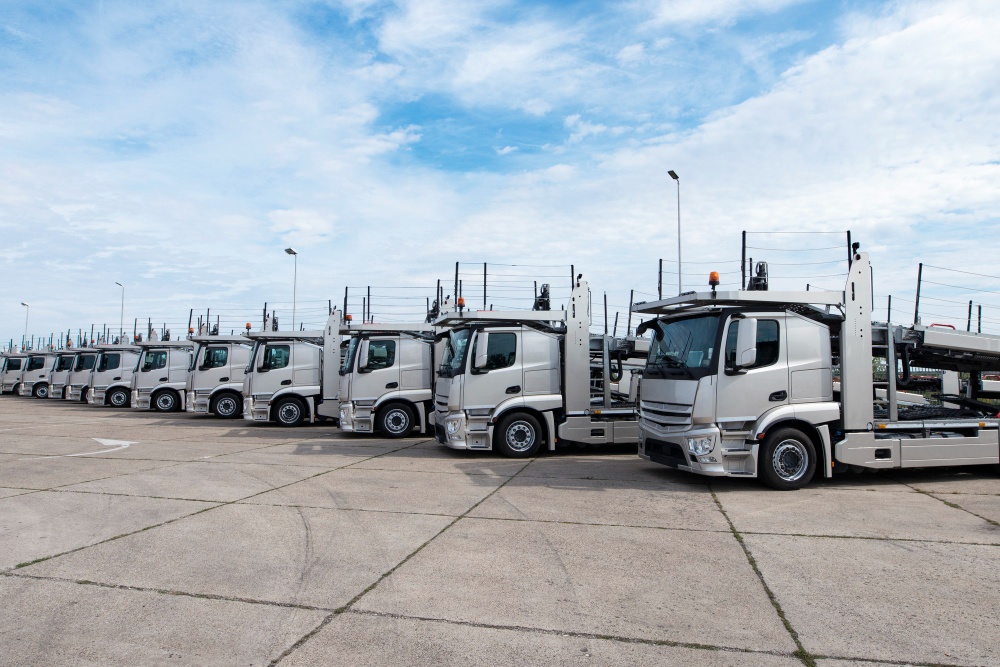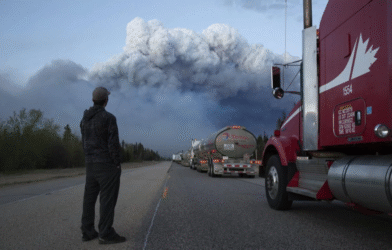The trucking industry in Canada is subject to a large number of regulations that originate from, are administered by, and enforced by many different organisations across the country. For professional drivers and safety professionals, it can be confusing to determine what authority each organisation has on their operation and what set of rules apply.
In this article, I will give a brief overview of these different organisations. My purpose here is to briefly explain each organisation’s role in trucking so that there is a little less confusion for readers as to how these different organisations interact with each other.
Provincial versus Federal Authority
In Canada, different levels of government (municipal, provincial, and federal) each have different levels of authority over what they can regulate. When it comes to trucking, most interprovincial carriers are mostly concerned with provincial and federal regulations.
The reason why trucking is regulated by different governments is that each level of government has different areas of responsibility1. The provinces are mostly tasked with regulating their roadways, but federal legislation does exist in some cases to create standard rules throughout the country, like the Canadian Federal Hours of Service rules2.
Organisations Involved in Canadian Trucking
Below are several organisations that are involved in the regulation of trucking in Canada. Their roles and jurisdictions vary, but they share the similarity in that they all work towards promoting safety.
The Federal Government – Transport Canada
Transport Canada is a branch of the federal government of Canada that is administered by the office of the Minister of Transportation3. The Motor Carrier Safety Division of Transport Canada is a branch of Transport Canada that is responsible for reducing injuries and fatalities related to commercial truck and bus transportation in Canada4.
The Minister of Transportation not only oversees Transport Canada, but also oversees laws related to highway transportation such as the Motor Vehicle Safety Act5 (which details the safety requirements for vehicles in Canada), and the Motor Vehicle Transport Act6 (which details motor carrier safety responsibilities).
CCMTA
CCMTA stands for the Canadian Council of Motor Transport Administrators and is a non-profit organisation that brings together different stakeholders for the purpose of improving highway safety and efficiency7.
The CCMTA writes and publishes the 16 National Safety Code Standards, and it is these Standards which form the backbone of road transportation safety in Canada. Each Standard refers to a specific aspect of safety, and then explains what is required by government and industry to meet the Standard.
For example, National Safety Code Standard 10 is titled Cargo Securement, and it sets out the requirements to safely secure different types of cargoes. Since the Standard itself is not a law, the provinces are instructed by the federal government to create transportation-specific legislation that meets the requirements of the Standards. Most provinces, when writing their cargo securement laws, just adopt Standard 10 by reference instead of rewriting it in their laws. In such an example, Standard 10 as written and published by the CCMTA becomes the cargo securement law in that province.
Provincial Governments
Each province is responsible for managing their roadways and traffic safety laws. Most of the laws that directly regulate a professional driver’s daily routine (like speed limits and road weight limits) are set by the province in which they are currently operating.
The provinces are given the authority and responsibility to, from a safety standpoint, regulate trucking companies by the Motor Vehicle Transport Act6. This piece of federal legislation states that no extra-provincial motor carrier may operate without a safety fitness certificate and that each individual province is responsible for issuing these safety fitness certificates.
Municipal Governments
Individual cities, towns, and other regional municipalities can make their own rules that impact truckers and trucking companies. A common example that most drivers are aware of are the “no engine brake” signs often seen when entering a town. Sometimes, cities and towns have their own truck routes, dangerous goods routes, and specific weights and dimensions rules for specific streets.
Federal, Provincial and Municipal Police
While it is the government that regulates trucking, it is peace officers who do the enforcing. Every level of government has peace officers tasked with upholding the rules set out by that government.
Most Canadians are likely aware of the Royal Canadian Mounted Police (RCMP). The RCMP are federally-directed, and they also act as municipal and provincial police in areas where there are not local police forces.
Specific commercial vehicle enforcement officers are normally the people tasked with enforcing trucking-related laws. Since commercial transportation laws are specialised and complex, many provinces have officers whose job it is to specifically handle commercial transportation rules. In British Columbia, for example, Commercial Vehicle Safety Enforcement (CVSE) is the law enforcement organisation that enforces commercial transportation laws8. In Alberta, the Sheriffs have officers who are specifically trained in commercial vehicle enforcement9.
CVSA
CVSA stands for the Commercial Vehicle Safety Alliance, and they are a non-profit association made up of representatives from commercial vehicle enforcement agencies across North America10. The objective of CVSA is to standardise the enforcement practices of these different organisations so that all CVSA-certified commercial vehicle inspectors are performing their duties to an acceptable standard.
CVSA is not a government organisation and they do not create laws. However, they do publish a document called the Out-of-Service Criteria that specifies what defects are so severe that the vehicle cannot continue to travel until they are repaired11. All CVSA-certified inspectors use their peace officer status to enforce commercial transport laws, and then CVSA standards are used to guide these inspectors in how to conduct inspections.
Trucking Associations
You may have heard of different trucking associations such as the Ontario Trucking Association or Alberta Motor Transport Association. These organisations are neither government nor law enforcement, but they still play crucial roles in trucking in Canada.
Trucking associations work to promote safety in trucking, bring important issues related to trucking to government for action, and act as resources for carriers who need help with regulations or running their businesses. So while truckers need to obey the laws the government sets out and listen to the enforcement directives of peace officers tasked with upholding these laws, they can become involved with a trucking association to learn what best operating practices exist and provide input for lobbying efforts.
Summary
Safety and compliance in trucking are important, but without understanding what part each of the above organisations play, things can get pretty confusing. I hope I’ve provided some clarification, and I wish everyone luck who is working towards a safer future in trucking.
References
1 – “Traffic Law in Canada”, The Canadian Encyclopedia, accessed May 16, 2021, https://www.thecanadianencyclopedia.ca/en/article/traffic-law
2 – “Commercial Vehicle Drivers Hours of Service Regulations (SOR/2005-313)”, Government of Canada, accessed May 16, 2021, https://laws-lois.justice.gc.ca/eng/regulations/SOR-2005-313/
3 – “Transport Canada”, Government of Canada, accessed May 16, 2021, https://tc.canada.ca/en
4 – “Motor Carrier Safety”, Government of Canada, accessed May 16, 2021, https://tc.canada.ca/en/road-transportation/motor-vehicle-safety/motor-carrier-safety
5 – “Motor Vehicle Safety Act”, Government of Canada, accessed May 16, 2021, https://tc.canada.ca/en/corporate-services/acts-regulations/motor-vehicle-safety-act-1993-c-16
6 – “Motor Vehicle Transport Act”, Government of Canada, accessed May 16, 2021, https://laws-lois.justice.gc.ca/eng/acts/M-12.01/page-1.html#h-353777
7 – “About CCMTA”, Canadian Council of Motor Transport Administrators, accessed May 16, 2021, https://ccmta.ca/en/about
8 – “Commercial Vehicle Safety and Enforcement”, Government of British Columbia, accessed May 16, 2021, https://www.cvse.ca/keyfacts.htm
9 – “Sheriffs”, Government of Alberta, accessed May 16, 2021, https://www.alberta.ca/sheriff-career.aspx
10 – “About CVSA”, Commercial Vehicle Safety Alliance, accessed May 16, 2021, https://www.cvsa.org/about-cvsa/
11 – “Out-of-Service Criteria”, Commercial Vehicle Safety Alliance, accessed May 16, 2021, https://www.cvsa.org/inspections/out-of-service-criteria/














Comments are closed